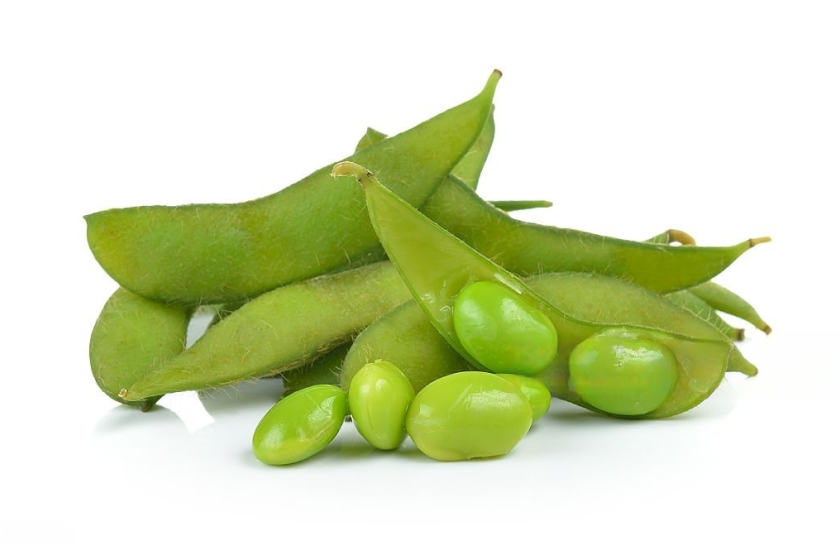Soybeans
-
Wheat
Wheat
-
Corn
Corn
-
Rice
Rice
-
Soybeans
Soybeans
-
Barley
Barley
-
Sorghum
Sorghum
-
Oats
Oats
-
Millet
Millet
Our Brochures
Contact Us
Social Media


- Soybeans are one of the most important legume crops globally and are known for their high protein and oil content.
- They are annual plants that produce pods containing edible seeds (soybeans).
- Soybeans are used in various forms, including whole soybeans, soybean meal, soybean oil, and soybean-based products like tofu and soy milk.
Soybeans Crop Characteristics
- Height: Soybean plants typically range from 2 to 5 feet in height, depending on the variety and growing conditions.
- Leaves: Soybeans have compound leaves with three leaflets.
- Flowers: Soybean plants produce small, inconspicuous, and typically self-pollinating flowers.
- Seeds: The seeds of the soybean plant are contained within pods and are typically oval-shaped.
Varieties
- Food-Grade Soybeans: These soybeans are primarily grown for human consumption and are used to make various food products such as tofu, soy milk, and soy-based meat alternatives.
Feed-Grade - Soybeans: Feed-grade soybeans are grown for animal feed and are an essential protein source in livestock and poultry diets.
- Industrial Soybeans: Some soybean varieties are grown for industrial purposes, including the production of soybean oil and biodiesel.
Soybeans Nutritional Composition (per 100 grams )
- Calories: Approximately 173 kcal
- Carbohydrates: About 9.9 grams
- Dietary Fiber: Approximately 6 grams
- Protein: Approximately 16.6 grams
- Fat: About 8 grams
- Vitamins: Soybeans are a good source of vitamins, including folate, riboflavin (B2), niacin (B3), and vitamin K.
- Minerals: They contain minerals like manganese, phosphorus, potassium, and magnesium.
Common Use
- Soybeans are processed into various food products, including tofu, soy milk, tempeh, and soy-based meat substitutes.
- Soybean oil is widely used in cooking and food processing and is a common ingredient in many products.
- Soybean meal, a byproduct of soybean oil production, is a valuable protein source in animal feed.
- Soybeans are also used to produce industrial products like biodiesel and soy-based plastics.
Soybeans Is Cultivated In
- United States: The United States, especially in states like Iowa, Illinois, Nebraska, and Minnesota, is one of the world’s major soybean producers. The country exports a significant portion of its production.
- Brazil: Brazil is one of the largest soybean producers globally and ranks among the top exporters. The states of Mato Grosso, Paraná, and Rio Grande do Sul are significant soybean-producing regions.
- Argentina: Argentina is another important soybean producer and exporter, with the province of Buenos Aires and other areas of the country dedicated to soybean production.
- China: China cultivates a substantial amount of soybeans for both domestic consumption, including human food and animal feed. China also imports large quantities of soybeans, primarily from Brazil and the United States.
- India: India also produces soybeans, though in smaller quantities compared to other mentioned countries. Its production is mainly used for domestic consumption and animal feed.
- Paraguay: Paraguay is a growing soybean producer and exports a significant portion of its production, particularly to countries like Brazil and Argentina.
In summary, soybeans are cultivated and distributed across various regions of the world, and their international trade is essential to meet the growing demand for plant-based protein and vegetable oils in human and animal nutrition and various industrial applications. Their versatility and nutritional value make soybeans a globally important agricultural crop.
